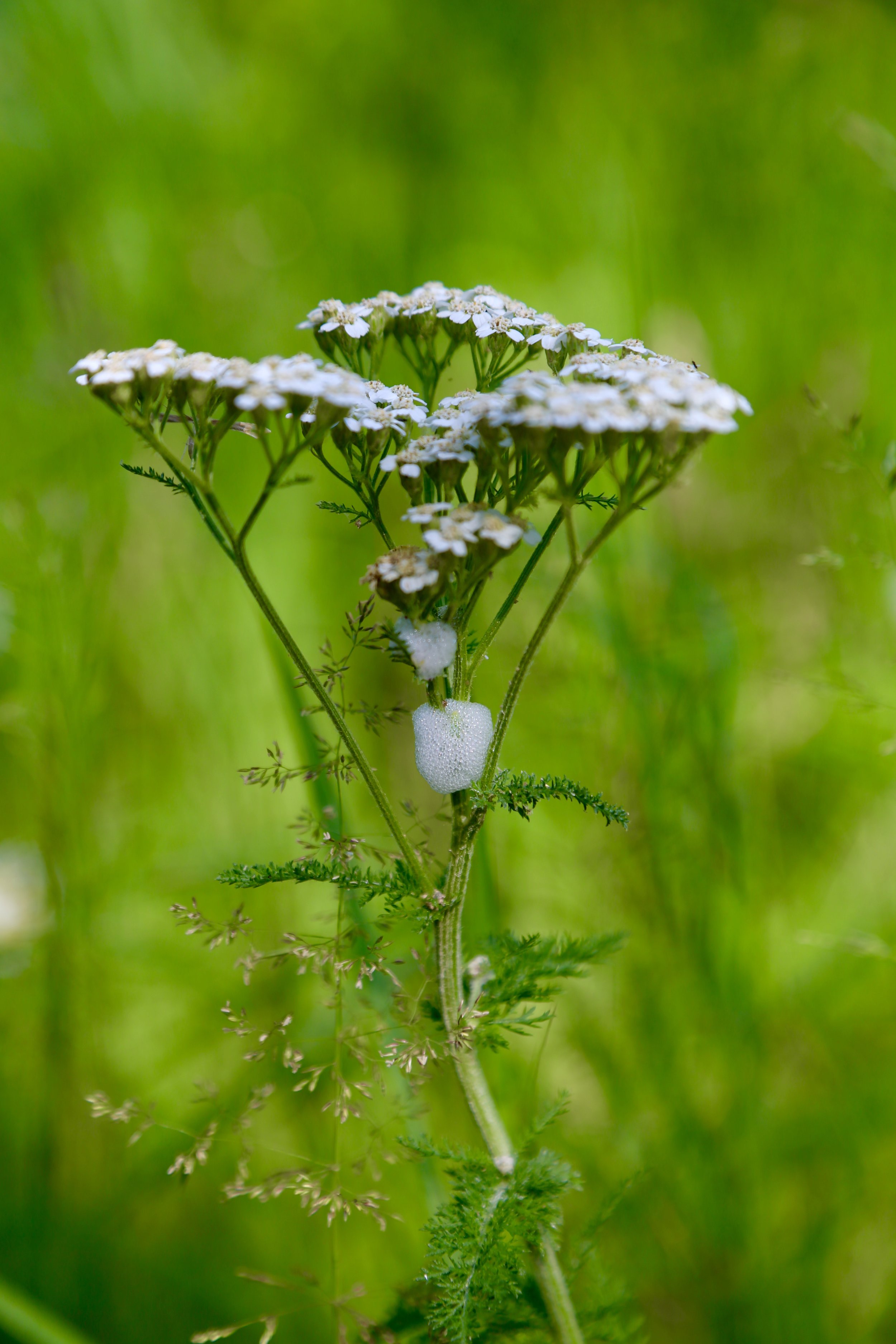Yarrow
Yarrow (Achillea millefolium)
Parts used: aerial parts.
The whole of the plant above ground can be gathered when flowering, typically June through September.
Yarrow is named so because Achilles was said to have used the plant to stop his soldiers' wounds from bleeding. Yarrow has the ability to stop bleeding both internally and externally. One of its common names is “nose-bleed,” because of its historical use for stopping a bleeding nose. Its flowering tops are excellent to use in salves and any topical first aid recipe for its skin healing properties. It is also great to be made into teas or tinctures to reduce fevers and boost the immune system.
Yarrow can be found nearly all over the world. In North America, it grows in sunny spots, meadows, and roadsides. You will even find it in city lots where it’s creamy pink or white flowers bloom from June to November.
The entire stalk of yarrow can be gathered, and bundled toward the bottom ends to hang and dry for later use. Yarrow is predominantly bitter with a hint of warming spice. Because it is bitter, mixologists use yarrow to create a brightly flavored cocktail bitter, and has been known to brewers as a classic bitter brewing herb.
Uses: Slow bleeding, topical first aid, skin health, immune booster, combats fevers, medicinal drinks and cocktails.
Preparation
Infusion: pour a cup of boiling water onto 1-2 teaspoonfuls of the dried her and leave to infuse for 10-15 minutes. This can be drunk hot three times a day. When feverish, can be drunk hourly.
Yarrow can also be tinctured. Take 2-4 milliliters of the tincture three times daily.
Caution: Yarrow should be avoided by pregnant or nursing women.


